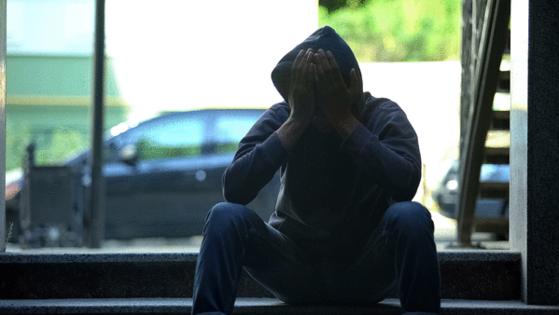Editorial: Depression, isolation and substance use all are up. Are Illinois teens OK?
Published in Op Eds
Illinois teens are turning to alcohol and drug use at alarming rates.
New research published May 8 from the University of Illinois finds that alcohol use among Illinois teens is now double the national average, a shocking finding. Other drugs, including cannabis and prescription painkillers, are gaining ground as well.
Are the kids OK? Increasingly, the data says no.
About 21% of eighth graders, 28% of 10th graders, and 39% of high school seniors reported using substances such as alcohol, marijuana, inhalants (like glue or gases) or vaping products. A smaller proportion — 1% of eighth and 10th graders, and 2% of seniors — reported using drugs including ecstasy, crack/cocaine, heroin or hallucinogens such as LSD, according to the survey. 13.7% of teens in Illinois reported drinking alcohol in the past 30 days, compared with 6.9% nationwide.
We can think of two major forces driving troubling trends among teens: the persistent aftereffects of COVID and social media isolation. And it’s incumbent upon us all to continue having conversations about what’s going on.
The world has changed since COVID broke out, and we’re now long past the widespread executive orders that locked down the state, our schools and businesses for months on end. The years of lockdowns and masking had a significant effect on the young people. Those surveyed by U. of I. would have been anywhere from 8 to 13 years old when the pandemic completely disrupted their lives.
Instead of being in classrooms, engaging face-to-face with teachers and peers, young people were thrust onto screens, mirroring adults’ desk-bound routines. Sports vanished, graduations were skipped, and normal social interactions evaporated. Even when Illinois schools reopened — later than in many states — mask mandates persisted, complicating speech development and social interactions. The masking divide sometimes triggered uncomfortable tensions among peers, deepening feelings of isolation for kids already struggling with unprecedented disruptions.
And kids in this age window were among the most adversely affected.
In addition to studies examining substance abuse, we also know that depression, anxiety and other mental health issues are increasing among young people.
COVID isolation laid the groundwork for teen vulnerability, but social media entrenched it further. Both increased loneliness, insecurity and isolation.
The internet is not real life, but to kids it can cause agony or ecstasy, depending on what they see. Former Surgeon General Vivek Murthy called for a warning label on social media, pointing to an alarming statistic: Teenagers are spending an average of 4.8 hours a day on social media. That number in itself is shocking — where are teens finding this much time to scroll? But it’s made even worse once you learn that a team of researchers found that when adolescents spend more than three hours a day on social media, they’re at a heightened risk for mental health issues. Half of adolescents say social media makes them feel worse about their bodies, and a third say it affects their grades, according to a 2022 survey from Boston Children’s Hospital.
Often, we look to public policy solutions to fix big problems, but addressing teen substance abuse and mental health effectively starts at home. Parents and guardians must make the sometimes unpopular decision to set firm boundaries around when children receive devices and access social media. Giving kids an iPhone or iPad at a young age may quiet them temporarily, but it can also stunt their ability to develop essential social skills, such as making eye contact, carrying on conversations, and coping with stress or delayed gratification — all natural and necessary parts of the human experience. Avoiding these skills may offer short-term ease, but in the long run, it leads to challenges that are difficult to reverse.
The U. of I. data on substance abuse is one measure of how young people are coping with the stressors of a world in which everyone and everything are online, and where loneliness felt in an acutely physical way during COVID has taken on a monstrous form in the specter of a digital world that can leave them feeling confused, left out, ugly and alone.
Adults created this digital dependency; now we must encourage teens back into meaningful engagement with the real world.
___
©2025 Chicago Tribune. Visit at chicagotribune.com. Distributed by Tribune Content Agency, LLC.



























































Comments